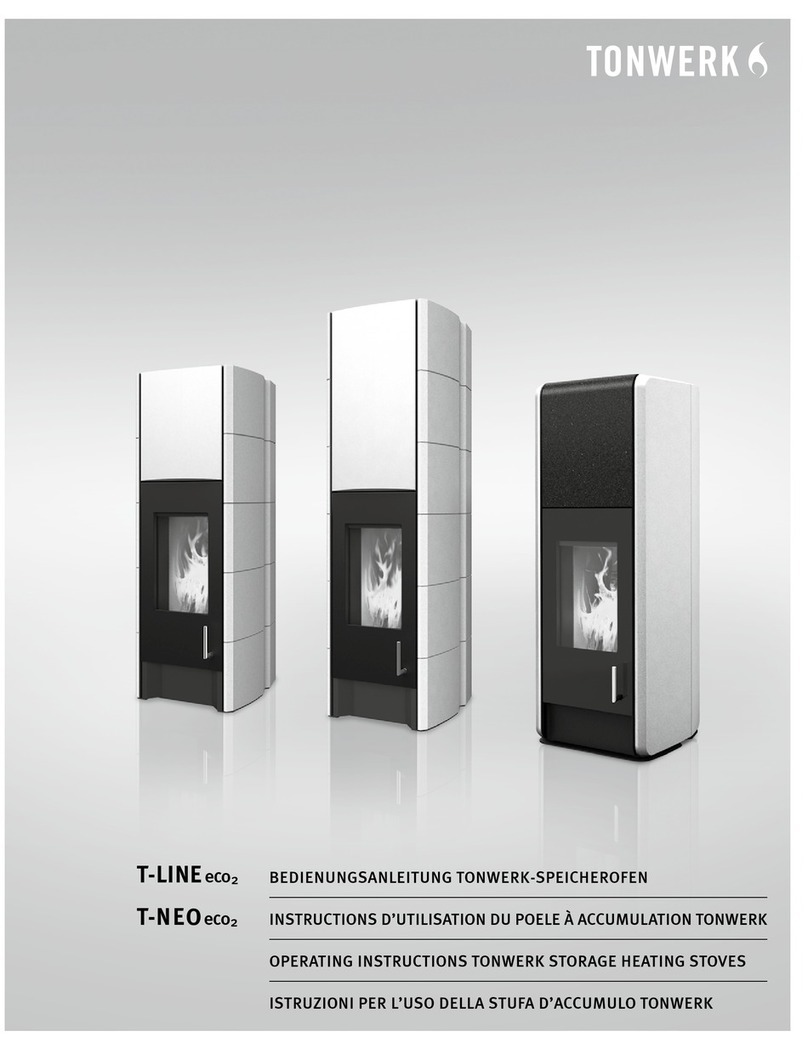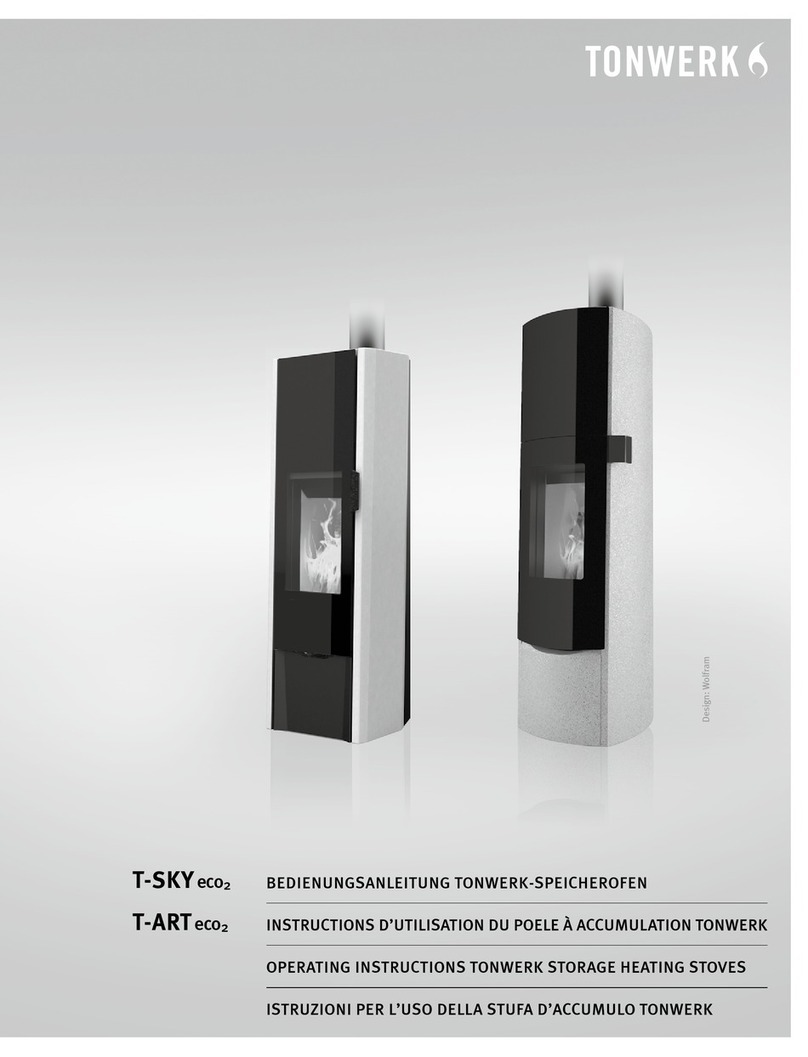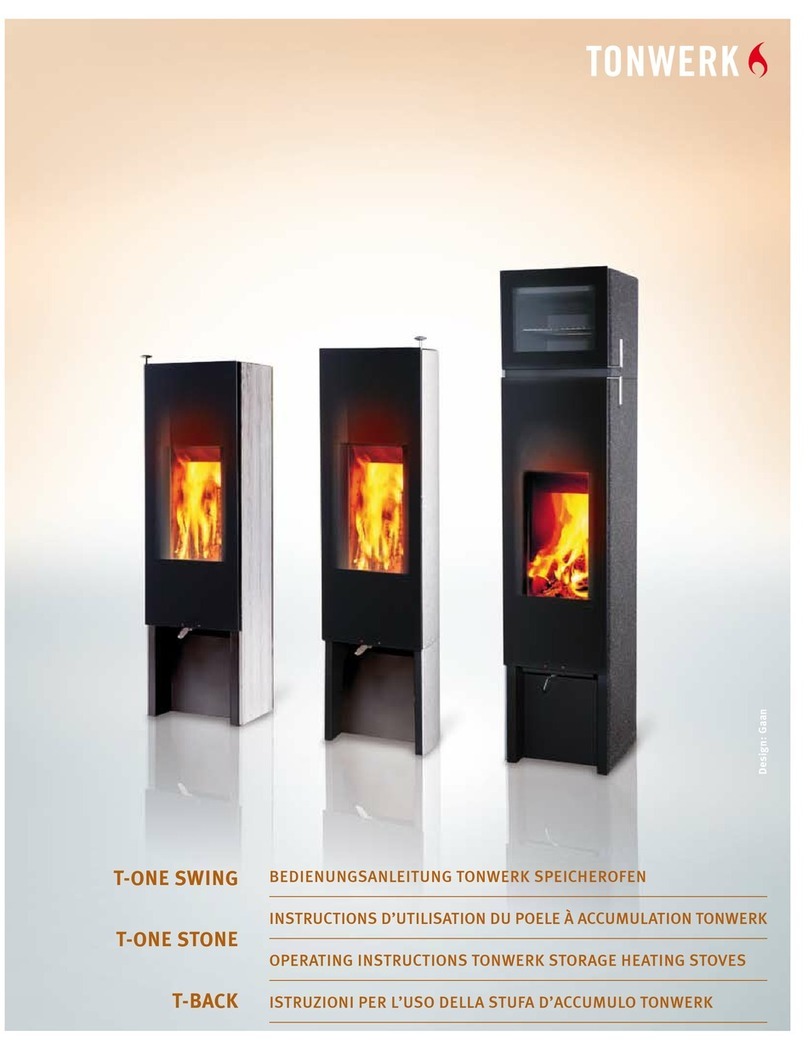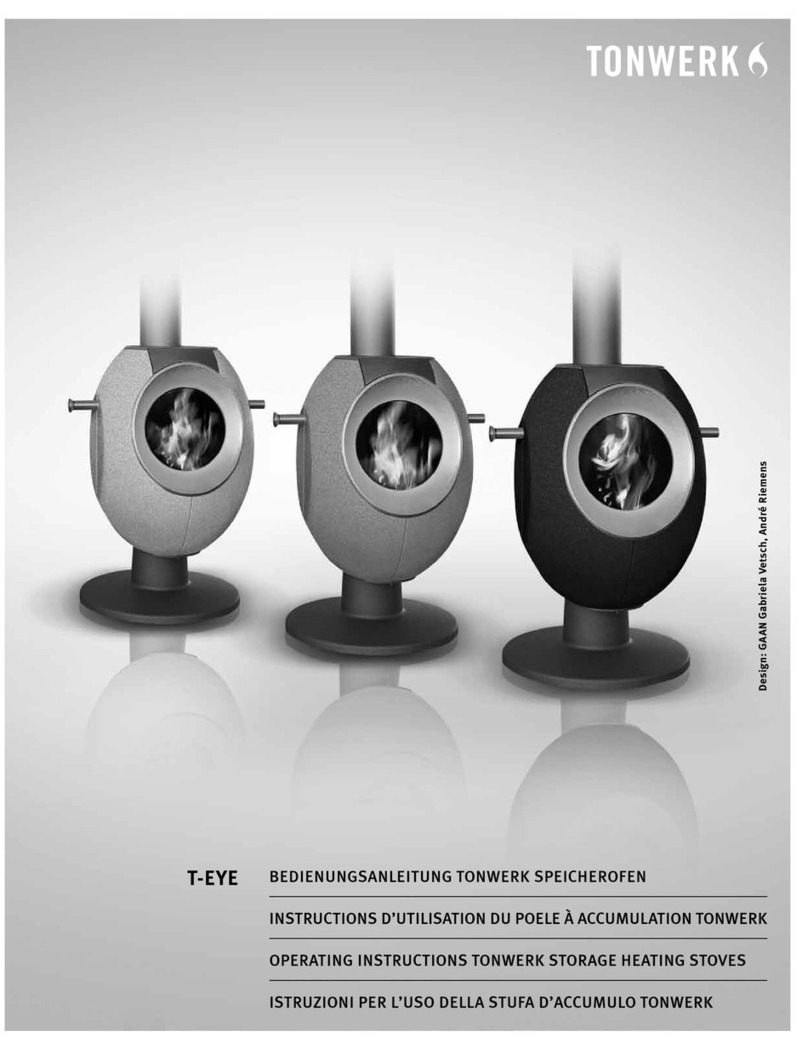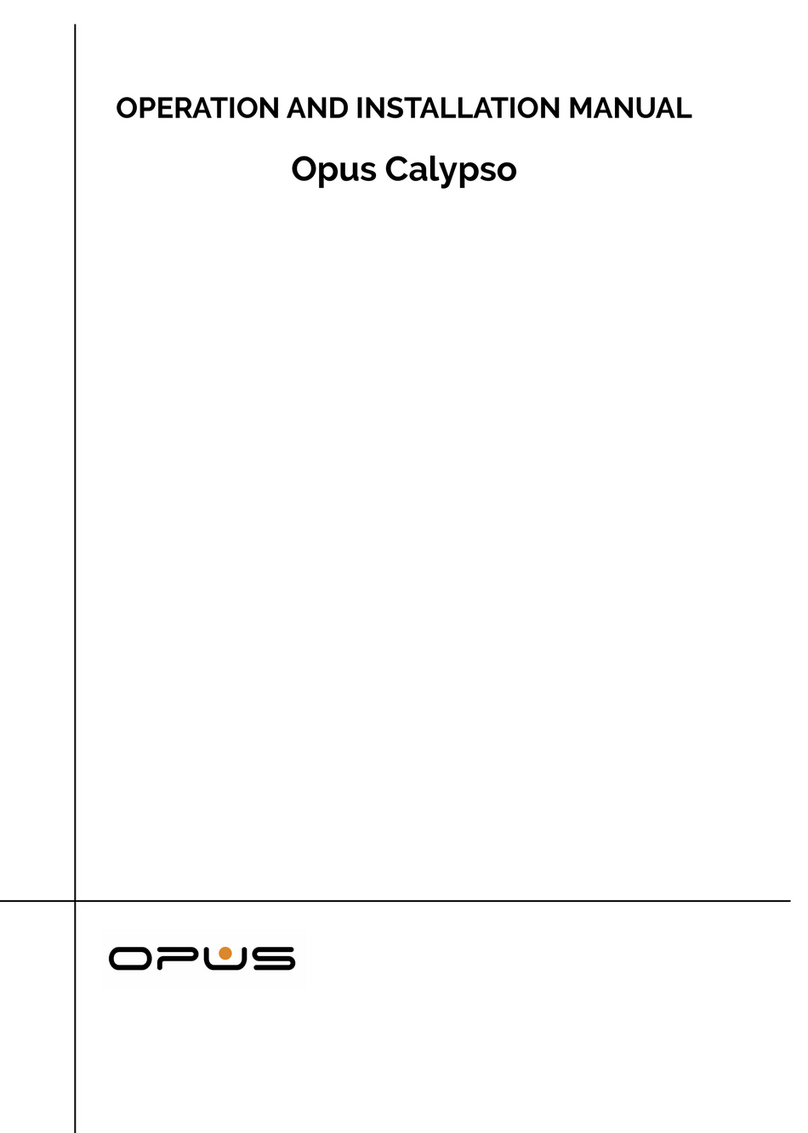1
Department of Surgery, North Estonia Medical Center, Tallinn,
Estonia,
2
University of Tartu, Tartu/ESTONIA,
3
Tartu University
Hospital, Tartu, Estonia,
4
Department of Pathological Anatomy and
Forensic Medicine, University of Tartu, Tartu, Estonia,
5
Unfall-,
Hand- Und Wiederherstellungschirurgie, Uniklinik Frankfurt,
Frankfurt, Germany
Introduction: The epidemiology of vascular trauma in Estonia is
unknown. Thus, the objective of this study was to evaluate the pop-
ulation-based incidence and outcomes of traumatic vascular injuries
in Estonia.
Material and methods: After IRB, consecutive autopsy reports from
the national department of forensic medicine and trauma admissions
to trauma centers between 1/2009 and 12/2013 in Estonia were
queried for vascular injuries per ICD-10. Data accrued included
demographics, injury profile, hospital admission data, surgical inter-
ventions, and in-hospital outcomes. Primary outcome was population-
based vascular injury related mortality. Secondary outcomes were
surgical interventions, complications per Clavien-Dindo, hospital
length of stay (HLOS), and in-hospital mortality for admitted cases.
Results: During the 5-year study period, 353 autopsies and hospital
admissions met the inclusion criteria. The overall mean incidence of
vascular injuries was 5.4/100,000 annually. 75.9 % of patients were
male and 43.6 % suffered penetrating trauma. Most frequently injured
vessel was the aorta at 43.6 %. A total of 27.8 % (n =98) of patients
survived to hospital admission and 79.6 % of these patients required
surgical interventions. Primary repair, ligation and graft repair was
deployed in 41.0 %, 33.3 % and 12.8 %, respectively. Mean HLOS
was 15.9 ±26.8 days. In-hospital mortality was 11.2 % in hospital
admissions. Overall population-based mortality was 75.4 %
(n =266).
Conclusion: The population-based mean annual incidence of vascu-
lar injuries is 5.4/100,000 in Estonia. The overall vascular injury
related mortality was 75.4 %. Current study contributes data to
national and regional trauma epidemiology.
References:
Disclosure: No significant relationships.
O039
NEEDLE THORACOSTOMY FOR TENSION
PNEUMOTHORAX: IS THERE A POINT?
N. Owens
1
, P.P. Healy
2
, M. Quirke
2
, G.A. Bass
2
, B.J. Monroe
3
1
Department of Surgery, Connolly Hospital, Dublin,
Ireland,
2
Department of Surgery, Royal College of Surgeons in
Ireland, Dublin, Ireland,
3
Department of Emergency Medicine,
Memorial Hermann, Houston, TX, USA
Introduction: Tension pneumothorax (TPT) is a significant cause of
potentially-preventable mortality following trauma, occurring in up to
5.4 % of pre-hospital trauma patients [1]. Decompression by needle
thoracostomy (DNT) remains widely-advocated, most notably by the
most recent ATLS guidelines [2], but is associated with iatrogenic
morbidity and a reported failure rate of 38 % [3]. Given its contro-
versial role, we performed a systematic review of the published
literature relevant to DNT for TPT.
Material and methods: We searched CENTRAL, MEDLINE,
EMBASE, and trial registries from inception to August 2015,
including any randomised controlled trials(RCTs) or observational
studies in which the effectiveness and safety of DNT to treat tension
or simple pneumothorax was evaluated or compared with any other
intervention. Study selection, qualitative assessment using GRADE
methodology [4] and extraction of relevant data were performed
independently by the review authors, with disagreements resolved by
an additional review author.
Results: 47 papers were included in this review - 7 case series, 32
cohort studies, 8 case reports and no RCTs. Overall, the quality of
evidence was low, ranging from moderate to very low. The quoted
effectiveness of DNT ranged from 40.7 % - 85.3 %. The existing
literature describes several complications following DNT, including
failure to reach the pleural space, catheter dislodgement, lumen
obstruction, and tissue/vessel injury.
Conclusion: Evidence quality is poor with regard to the effectiveness
of DNT. Continued use of this procedure as a first-line intervention
may delay definitive treatment and lead to increased patient mortality.
In the absence of prospective RCTs reporting adverse events, expert
consensus is needed in this field.
References: 1. Coats TJ, Wilson AW. Pre-hospital management of
patients with severe thoracic injury. Injury 1995;2:581–5. 2. Ameri-
can College of Surgeons Committee on Trauma. ATLS Advanced
Trauma Life Support for Doctors - Student Course Manual : Ninth
Edition. ISBN 1880696029. 3. Barton ED et al. Prehospital needle
aspiration and tube thoracostomy in trauma victims: a six-year
experience with aeromedical crews. J Emerg Med 1995;13:155–63. 4.
Kirwan AJ et al. The Eastern Association of the Surgery of Trauma
approach to practice management guideline development using
Grading of Recommendations, Assessment, Development, and Eval-
uation (GRADE) methodology. J Trauma Acute Care Surg. 2012
Nov;73(5 Suppl 4):S283-7.
Disclosure: No significant relationships.
O040
RESUSCITATIVE ENDOVASCULAR OCCLUSION OF THE
AORTA IMPROVED IN-HOSPITAL MORTALITY OF
SURGICALLY TREATED TORSO TRAUMA PATIENTS
WITH NON-COMPRESSIVE HEMORRHAGE IN
COMPARISON OF AORTIC CROSS CLAMP –A
INSTRUMENTAL VARIABLE ANALYSIS
A. Shiraishi, M. Yagi, Y. Otomo
Trauma and Acute Critical Care Medical Center, Tokyo Medical and
Dental University Hospital of Medicine, Tokyo, Japan
Introduction: Resuscitative endovascular occlusion of the aorta
(REBOA) is expected as an alternative to aortic cross clamp (ACC) in
recent years, however clinical evidences have largely lacked [1].
Material and methods: This study included adult torso trauma
subjects who underwent surgery after undergoing REBOA or ACC
from subjects of the Japan Trauma Databank. Subjects with out-of-
hospital cardiac arrest or subjects who underwent both procedures
were excluded. A linear regression analysis adjusted for the proba-
bility of death based on the Trauma Injury Severity Score estimated
differences in mortality between subjects with REBOA or ACC. Two-
stage least square (2SLS) of instrumental variable method [2] which
enabled to adjust for even unmeasured confounders demonstrated
sensitivity analysis for the result of adjusted linear regression
analysis.
Results: Out of a total of 644 subjects eligible to the selection cri-
teria, 279 (60.8 %) of 459 subjects underwent REBOA and 152
(82.2 %) of 185 subjects underwent ACC died during hospitalization,
respectively. An adjusted linear regression analysis estimated that
difference in in-hospital mortality was lower in subjects with REBOA
S26
123




















